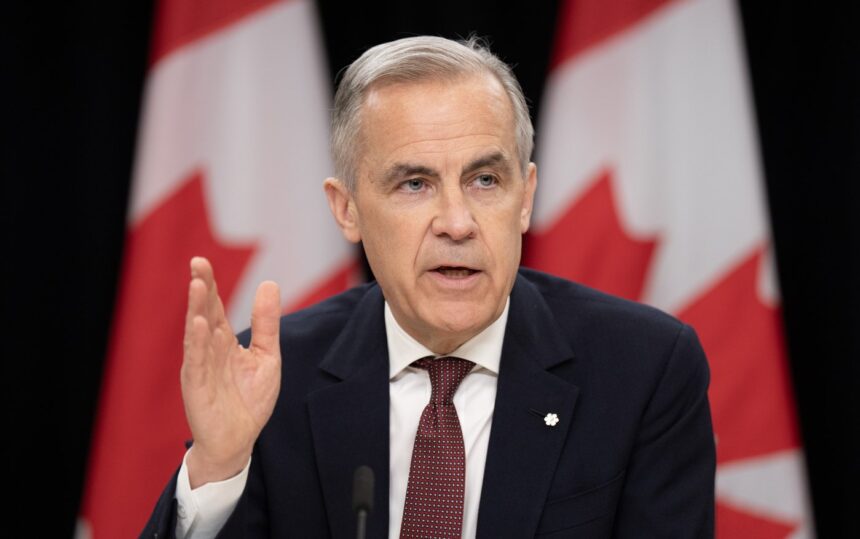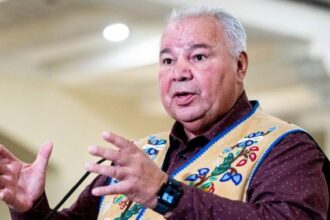In a move that has sent ripples through Canada’s political and economic landscape, Prime Minister Justin Trudeau’s sweeping cabinet reorganization this week has installed former Bank of Canada governor Mark Carney at the helm of a newly empowered Finance Ministry. The restructuring represents more than typical political chess—it signals a fundamental rethinking of economic priorities at a critical juncture for the nation.
“This isn’t merely moving chairs around the cabinet table,” noted economist Patricia Grantham at the Toronto Economic Forum. “When you place someone of Carney’s caliber in charge while simultaneously expanding the Finance Ministry’s mandate, you’re telegraphing a significant policy shift.”
The business community has responded with cautious optimism to the appointment of Carney, whose reputation for steady leadership during the 2008 financial crisis and subsequent tenure at the Bank of England has earned him international respect. His arrival comes as Canada grapples with persistent inflation, a cooling housing market, and global trade uncertainties that have created economic headwinds across multiple sectors.
According to internal government documents obtained by CO24 Business, the restructured Finance Ministry will absorb key elements previously managed by Innovation, Science and Economic Development Canada. This consolidation appears designed to streamline decision-making on critical economic files ranging from housing affordability to productivity growth.
“What we’re seeing is an attempt to break down bureaucratic silos that have historically complicated Canada’s economic response capacity,” explained Dr. Marcus Chen, governance specialist at the University of Toronto. “The question is whether this structural change will translate to meaningful policy innovation.”
The shake-up extends beyond Finance, with significant changes to Canada’s environmental and natural resources portfolios. Minister Catherine McKenna returns to government in a newly created Climate Economy portfolio, suggesting the administration is doubling down on its commitment to green transition while attempting to reframe it as an economic opportunity rather than a regulatory burden.
Business leaders are particularly focused on early signals regarding tax policy, with the Canadian Chamber of Commerce releasing a statement emphasizing the need for competitive tax structures to attract and retain investment. “In a global economy where capital flows to jurisdictions offering the most favorable conditions, Canada cannot afford policy missteps,” the statement reads.
The restructuring comes at a politically delicate moment, with polling showing the Liberals trailing the Conservatives by significant margins on economic management. Political analysts view the cabinet overhaul as both substantive governance reform and strategic positioning ahead of the 2025 federal election.
“Trudeau is essentially betting that Carney’s economic credibility can counterbalance negative public sentiment on cost-of-living issues,” said political strategist Eleanor Winters. “But the window for demonstrating tangible results before the election is narrowing rapidly.”
International markets have responded with subtle but positive movements in the Canadian dollar, suggesting cautious optimism from global investors. However, World News analysts note that Canada’s economic recovery remains vulnerable to external shocks, particularly from its largest trading partner as the United States navigates its own political transitions.
As Carney prepares to deliver his first major economic address next week at the Canadian Club, attention will focus on whether this cabinet shuffle represents substantive change or merely optics. Will this restructuring finally address Canada’s persistent productivity challenges and position the economy for sustainable growth, or will it prove another example of reorganization without reformation?










